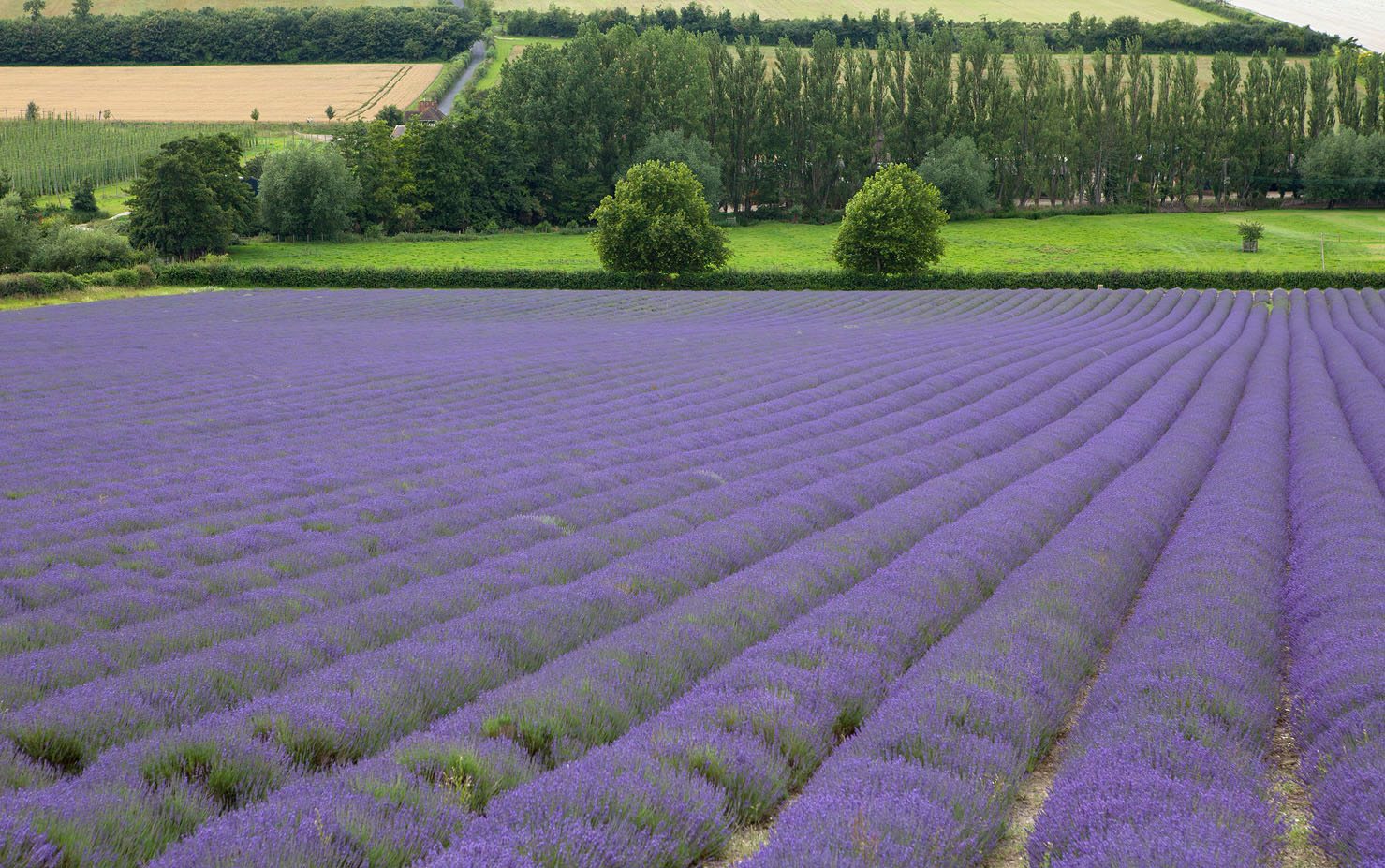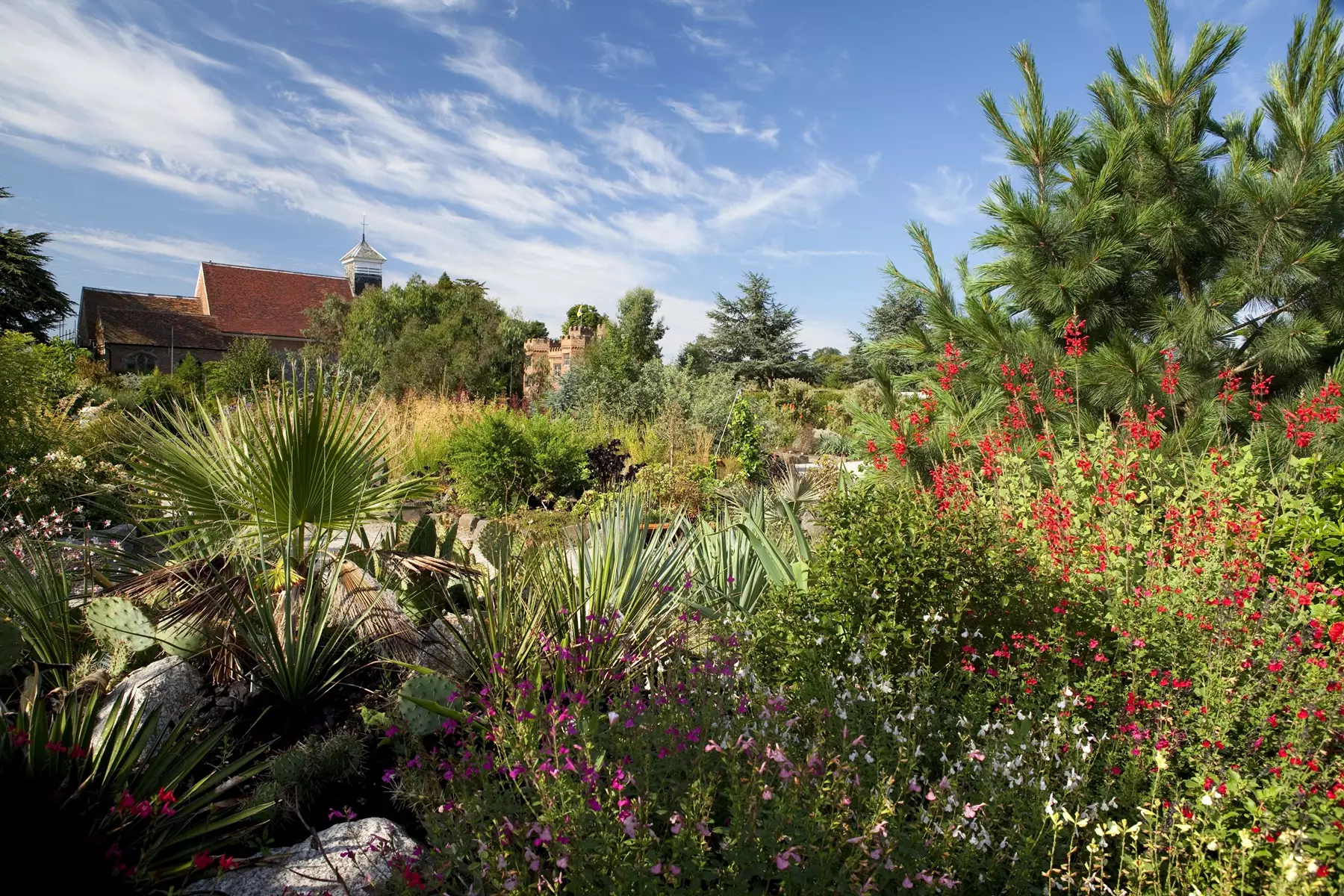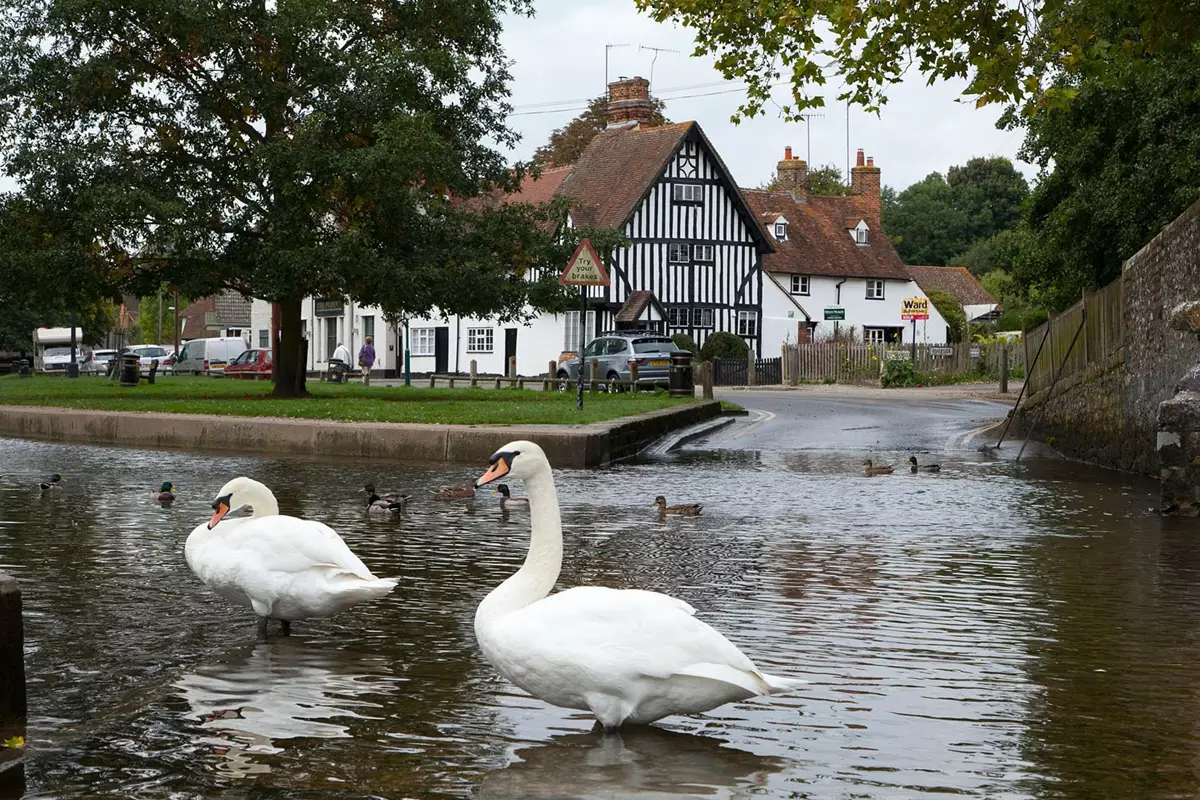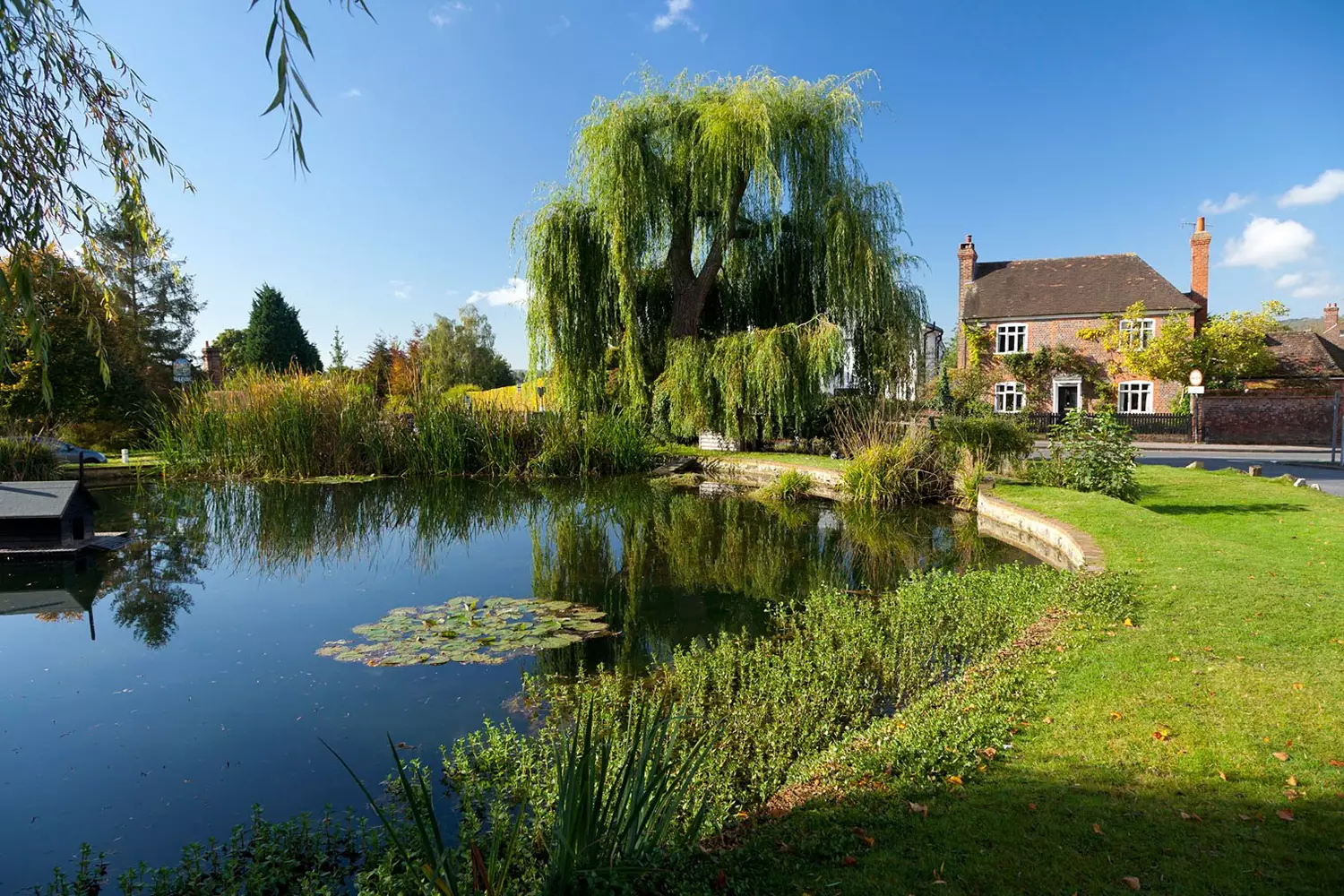Darent Valley
The river Darent was once used by the Romans to boat their corn downriver to the Thames. Today it is simply a pleasant stream. Yet its broad valley is a secret treasure of rural peace located just 16 miles from Tower Bridge.
The valley is just six miles long yet is full of tiny villages, historical buildings and outstanding countryside where families can safely explore and picnic. Four river-side villages, ancient Tudor towers, the remains of a moated Norman Castle, a beautiful, fortified home, a world-status World Garden and the largest excavated Roman villa in England are just some of the opportunities open to visitors. Then there are the extensive trails and tracks among the valley sides which make this such a popular venue for walkers and ramblers.
The villages abound in fascinating old buildings, eating places and little shops. Every one has a history which goes back to before time. A medieval bridge, a Tudor home cascading with roses, an ancient monument – all evokes memories of earlier centuries. These are places in which to take your time and to enjoy at leisure.
As a venue for butterflies and moths, the valley’s grasslands are famous. And don’t forget its much-photographed lavender fields. The wildlife here is extensive – from its river waders and duck to larks, nuthatch and goldcrest . And of course there is always the opportunity to enjoy the famous wild orchids and bluebells which abound at certain times of the year amid the valley grassland and woods.

It is not by chance that the Darent Valley was chosen by Victorian artist, Samuel Palmer to be his home and ‘Valley of Vision’ – nor by artist and designer Graham Sutherland, to whom its landscape became his muse. The Darent Valley is somewhere special - once visited, never forgotten - one of those valued memories to which you will always want to return.
SHOREHAM
A few miles further up the A225, turn left into the beautiful village of Shoreham. Here, the Darent passes beneath its medieval bridge while all around are a plethora of old and varied village homes. Shoreham provides the visitor with many opportunities for a pub meal or snack. Beyond the bridge was once the home to artist Samuel Palmer. He lived and painted here and many of his canvasses are of near-by countryside or buildings. Take a walk beside the river as far as mill island then walk back through the village - a pleasant way to enjoy this lovely spot so steeped in history.

Mount Vineyard, Shoreham
LULLINGSTONE
Located between Shoreham and Eynsford this region of the valley offers the visitor a generous choice of venues to visit and explore. The great fields of lavender to the west of the main road, have their centre at Castle Farm which offers a selection of tours and courses throughout the summer months.
Returning to the main road, the next turning leads you down to the visitor’s centre of Lullingstone Country Park. Parking and refreshments await your return as you walk the nearby hillsides and ancient woods where once Saxons had their homesteads.
Back again to the main road and the third (very sharp) turning will lead you down to the magic of Lullingstone Castle. This beautiful private home is open to the public at weekends and should not be missed. The famous World Garden created by plant-hunter William Hart Dyke is also open to visitors. Its wonderful variety of plants from around the world will astound you.
Finally, by passing over the bridge at Eynsford and making your way back along the valley on the opposite bank, you will arrive at the world-famous Lullingstone Roman Villa. This is the largest excavated villa in England. It will be impossible to forget your visit here.

Lullingstone World Garden

Eynsfordford
FARNINGHAM
Turn off the main road into Farningham village just before you reach the junction with the A20. You suddenly enter a quiet, Dickensian world of ancient homes and much atmosphere. That yard beside the Pied Bull Pub was once the busy staging post for the London stagecoach and, should you ever have read Pickwick Papers, you can easily imagine the chaos and shouting it must have witnessed. Move on down past the church of St.Peter and St. Paul, to the river. On one side stands the great white, weather-boarded mill of Farningham. On the other, the quizzical cattle screen which crosses the river like a bridge yet was simply built to stop cattle wandering into the manor grounds.
Pause for refreshment in the riverside gardens of The Lion Hotel before carrying on your exploration up the High Street. Butchers, cobblers and even a bookshop selling rare editions await you. Farningham is a haven of peace and pleasant surprises.
You have reached the north end of the valley. If you want to continue to explore, follow the footpath beside the river and you will discover wide fields of corn and barley as you make your way to the next village of Horton Kirby.
For more information on the Darent Valley please visit Stanhope Publishing.
OTFORD
Otford, at the valley head, was once the site of one of the biggest palaces in England. You can visit its one remaining tower just beyond the village green. Imagine the time when Henry VIII arrived here, accompanied by 3000 men en route to the Field of the cloth of Gold. Meanwhile, today this Tudor village has a plethora of small shops and pubs to enjoy. If you can, walk the High Street as far as the bridge and enjoy the peaceful mill stream here. Just further along the road stands the Tudor building of Broughton Manor, once owned by Henry V111. The Heritage Centre, with its many models and exhibits, is well worth a visit while you are here.
For more information Visit Otford provides a wealth of information to help plan your time in the heritage village.

Otford pond, The Green, Otford

Council Office:
Argyle Road
Sevenoaks
Kent
TN13 1HG
Tel: 01732 227000
tourism@sevenoaks.gov.uk
